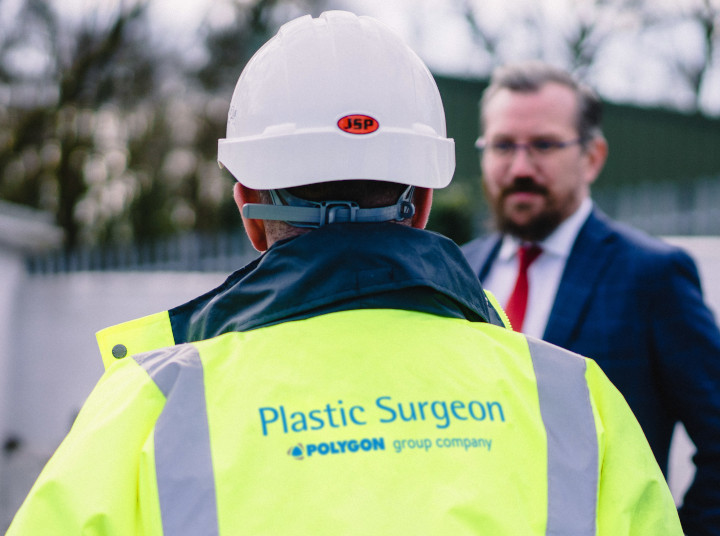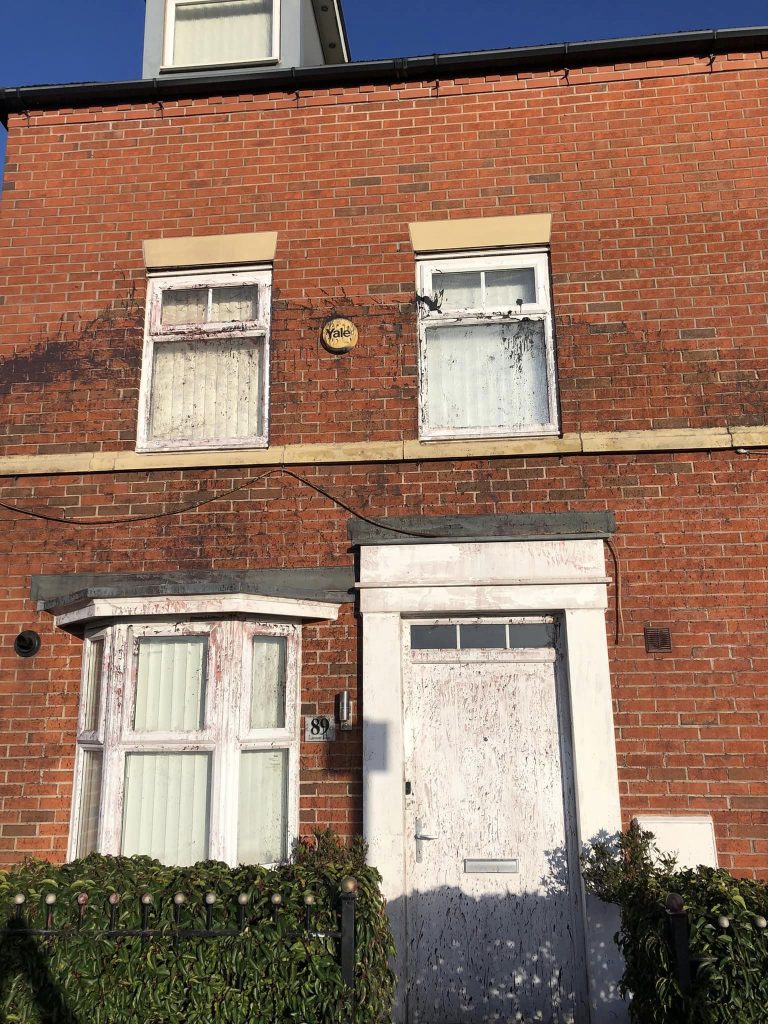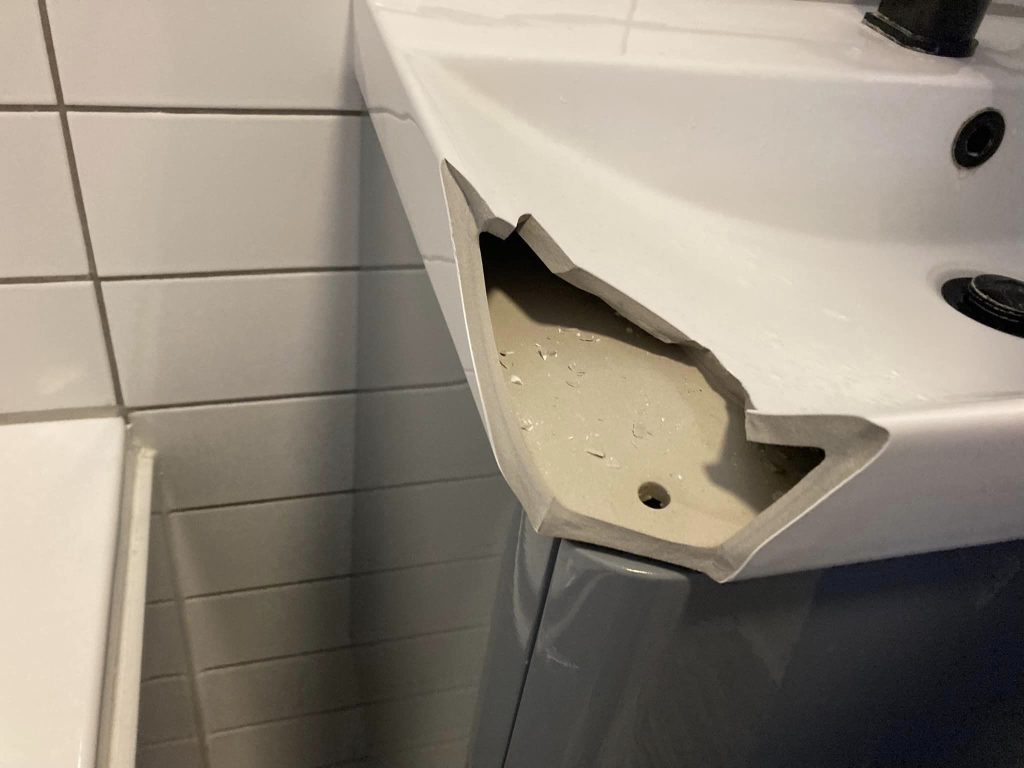Fast forward to the summer heatwave, you’d be forgiven for forgetting the impact of that horrendous winter to the UK home insurance market.
Recently, Ernst and Young announced that they predict two years of underwriting losses for home insurers, with a net combined ratio (NCR) of 101% and then 101.4% in 2019. The news is another setback to home insurers who looked like they were beginning to make a recovery. The 2017 result showed an NCR of 92.1% – the third best result since 1995.
The report stated that a contributing factor to the gloomy outlook is adverse weather in the first half of the year, combined with an increase in subsidence notifications following the hot dry summer.
So, what can insurers do in order to save costs and mitigate further issues?
Adopt a ‘repair-first’ approach
The industry is still utilising a replacement first approach to claims as a result of weather events– particularly large-scale weather events – resulting in millions of tonnes of needless landfill every year.
Chris Edwards head of insurance at Plastic Surgeon comments: “This approach, in many cases is due to the person managing the claim not having the knowledge and expertise to understand what is repairable and what isn’t.
“We, and many in the industry are continually shocked at the number of repairable items that are consistently thrown away following major incidents.
“In a recent report for a leading insurer we reported that only 16% of items that we see damaged by water are beyond restoration”.
A report via the ABI (5th June 2018) stated that during the first quarter of 2018 following the severe weather events, insurance claims were up by 290%. However, what is interesting to note is that at this unprecedented busy time for the insurance industry, claim numbers at Plastic Surgeon did not follow that trend.
“The industry still adopts old-fashioned, expensive and somewhat unreliable processes when it comes to handling claims during large scale weather and flooding events.” Comments Chris.
“Many insurers do not understand just how many items are completely repairable, and during incredibly busy times they, and their supply chain revert straight to a replacement first approach.”
Plastic Surgeon recently predicted that if they were to take on just 100 additional claims per month from insurers, they would be able to save an additional 22 tonnes of landfill per year.
Insurers need to look at alternatives to manage lower value claims thus reducing costs
There is a high volume of low value claims following storm damage. The type of repairs that we see following a storm include: damaged guttering, soffits, facias, roof tiles and impact damage from falling trees and various flying objects with the average cost to replace these items is around £700 per claim, typically a repair costs around £250 a claim.
Weather related claims can often be lengthy and require lots of human interaction, so it’s vital insurers and suppliers look at alternative solutions to manage lower value claims.
Last year, Plastic Surgeon invested heavily in our claims management system to allow us to use intelligent systems in the assessment of low value claims. Customers are able to ‘self-survey’ the damage to their property, providing a much-improved service during particularly busy times such as a weather surge, by assessing lower value claims in minutes.
Working in collaboration
We are working closely with the BDMA and other bodies, including CILA, to educate and inform the industry, on the repair options available following weather events to raise this awareness further. A collaborative approach to repair is essential, we all have to be on the same page to be completely effective and to change the industry approach.
In addition to the huge environmental savings a repair approach has, the costs saved and the reduction in the claim life cycles are one of the biggest plus points to this approach. We recently reported that a repair approach produces an average saving of around £850 per claim, reduces the claim life cycle by as much as 50% and has a positive impact on customer satisfaction ratings – and in this highly competitive market place, insurers have to differentiate themselves in order to retain customers.







